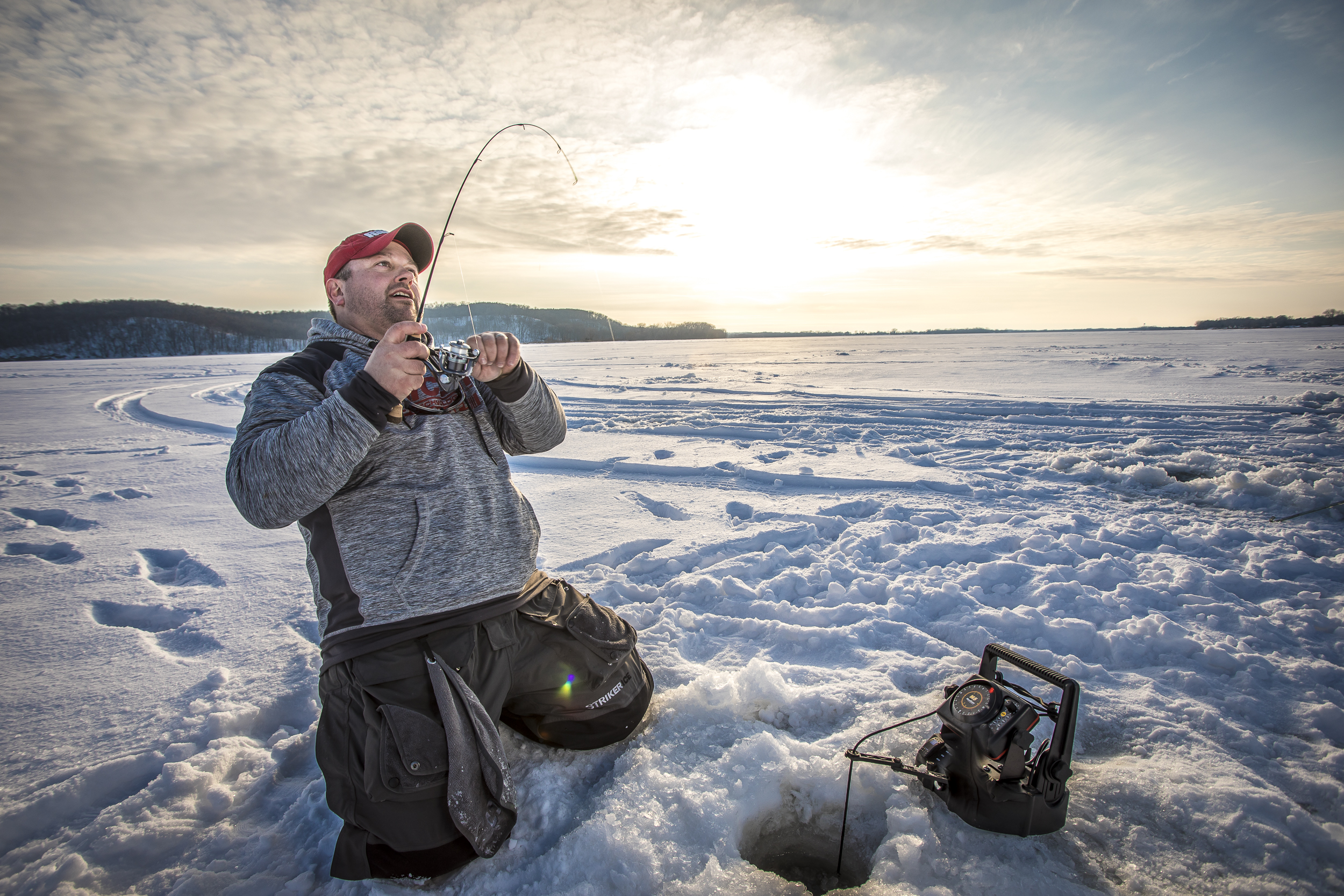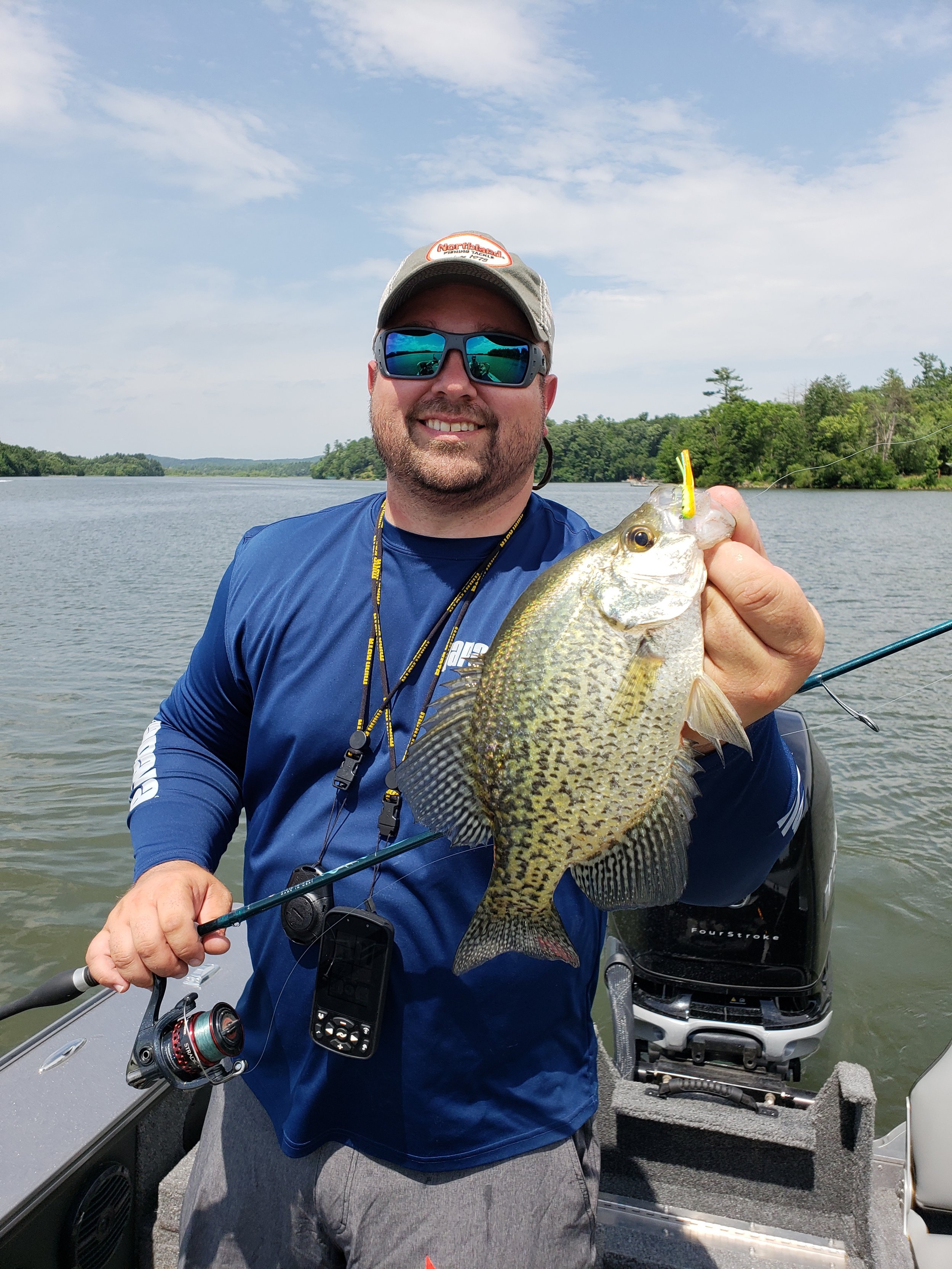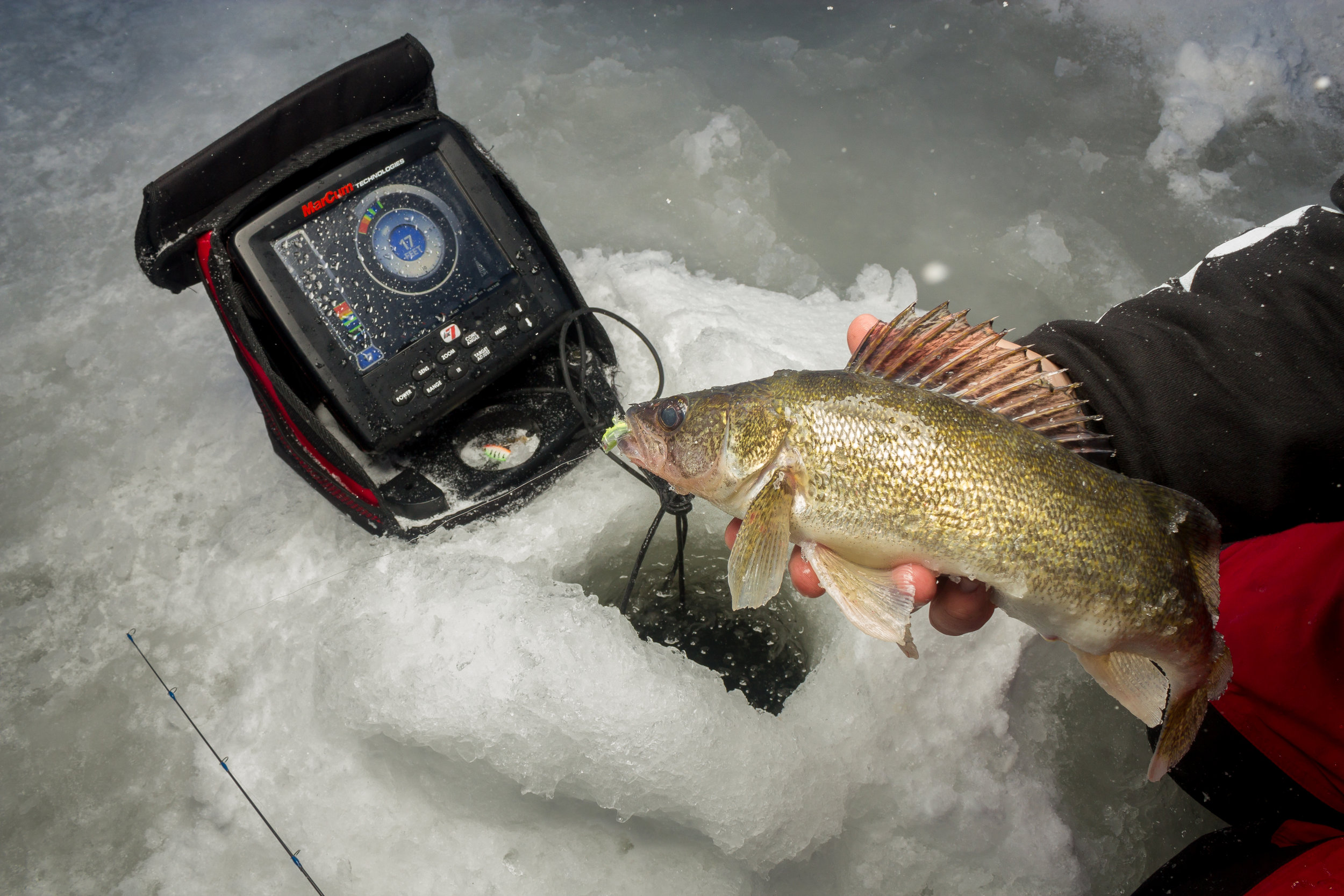Photo Credit - Bill Lindner Photography
I seen you have a yetti. I’m having one built right now. Anything you did or didn’t do or wanted to do after the fact? It’s going to the finisher in the next couple weeks. Thanks!
Dave D.
Thanks for the note Dave, it’s a good one. I credit you for doing your homework and asking lots of questions as these are big decisions you want to get right the first time. I’m actually in the process of trading off last year’s Yetti and ordering a new one as well, so your timing is perfect. Here’s how I’ll break it down:
Primary Use – I think you have to be really honest with yourself on current use and what your schedule allows. I know I had planned on camping a bunch with ours, and because of my open-water fishing habit, I did so a bit more sparingly than planned. Instead, I’m using it more for hunting trips (spring and fall), as well as a few summer camping trips, though my primary use is ice-fishing. Focus then on maximizing features for the primary use part of your buy.
Doing Again - Here’s the add-ons I’ll be doing again:
Summer Package – A/C, awning, vent fan in bath, exterior outlet, etc. allow for the best full season use. I wouldn’t order without.
Electronics Package – This should be considered standard, great add
Lighting Package – Ambient interior lighting is really great, and the perimeter light strip helps people who are meeting you on the lake find your Yetti.
Small Flip-up Table near front door – extra surface is great
Bunk Ladder – stows great and way safer for the kids
Rear View Camera System – Really handy in tight quarters, and great for trailering down the road!
Window Shades – Really great to moderate the amount of light on really bright days
Spare Tire Mount – Never had to use it, will be happy to have it if I ever do!
Maybe Not - Here’s the add-ons I did last year that I likely won’t be doing again:
Ramp Door Screen – This is an incredible add-on if you’re doing more camping and taking advantage of it, but I could probably do without.
Cutting board sink insert – I ended up just doing food prep on a regular cutting board
Full Bathroom – I didn’t know where to add this one because I’m on the fence still. A full bathroom with all of the hookups is phenomenal for extended summer use. We used our facilities about 3 times this past summer and though we were happy to have them, the State Parks where we camped had their own. It’s not a need, but I can see especially in other campgrounds or when away from civilization this would be great. We didn’t use them in the winter, and many folks are using a portable toilet in the same space without the provided toilet, shower, sink, etc. This is something to strongly consider.
Non- Factory Add-Ons - There’s just a ton of great ways to modify your Yetti to any use you can think of – check out this article for some ideas that helped me equip mine!
ASK YOUR DEALER EVERYTHING! - Make SURE to pick the brain of your dealer. All of my best questions were answered easily because they help people make these decisions (and use the product) themselves a great deal. My dealer, Casey Boutain of Glacial Lakes Dock - has a direct connection to the Yetti factory and just lives to help people with these questions. He’s not close in location to me, but has been a great help in selection of a house that fits my family.
Joel







